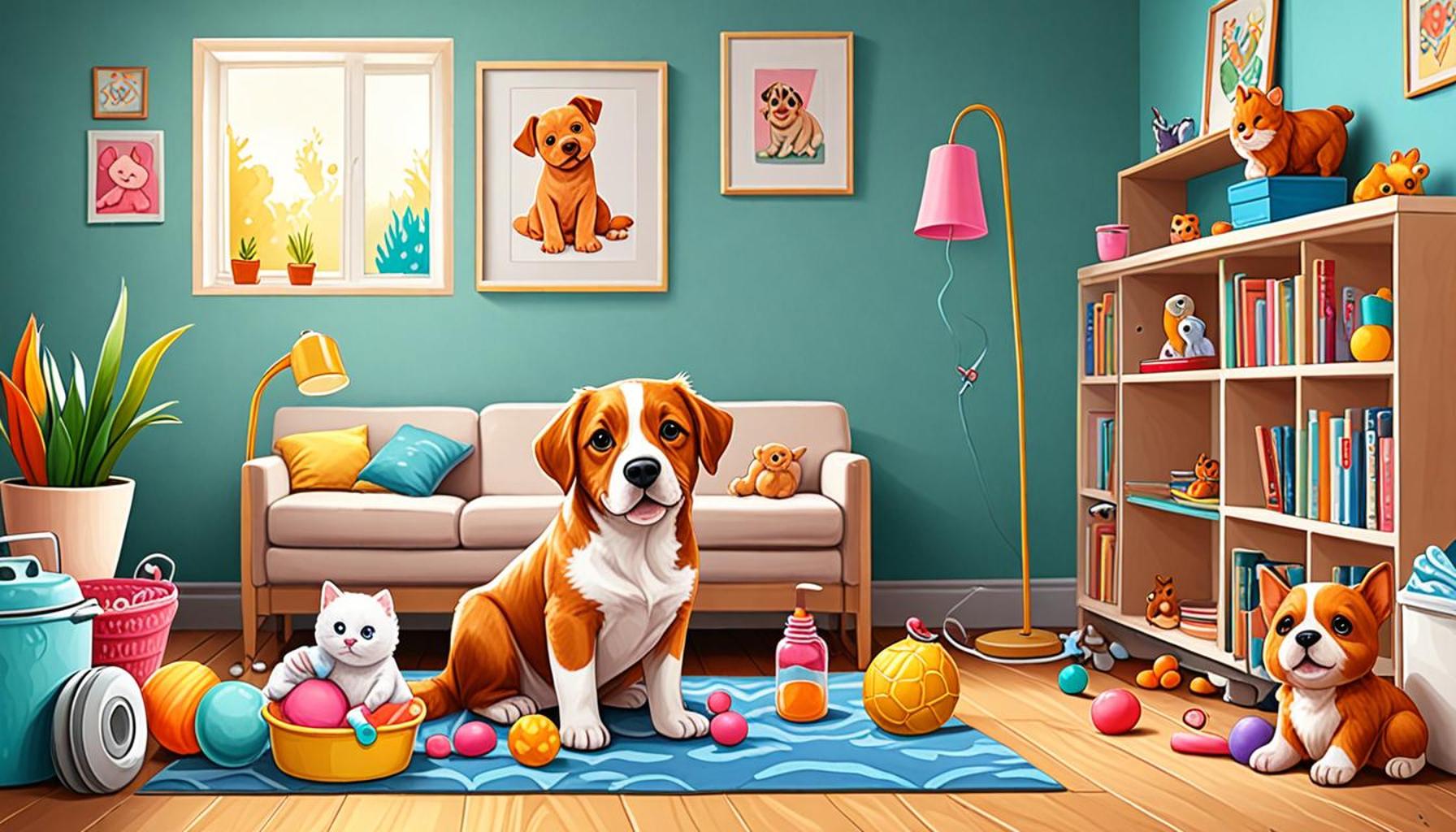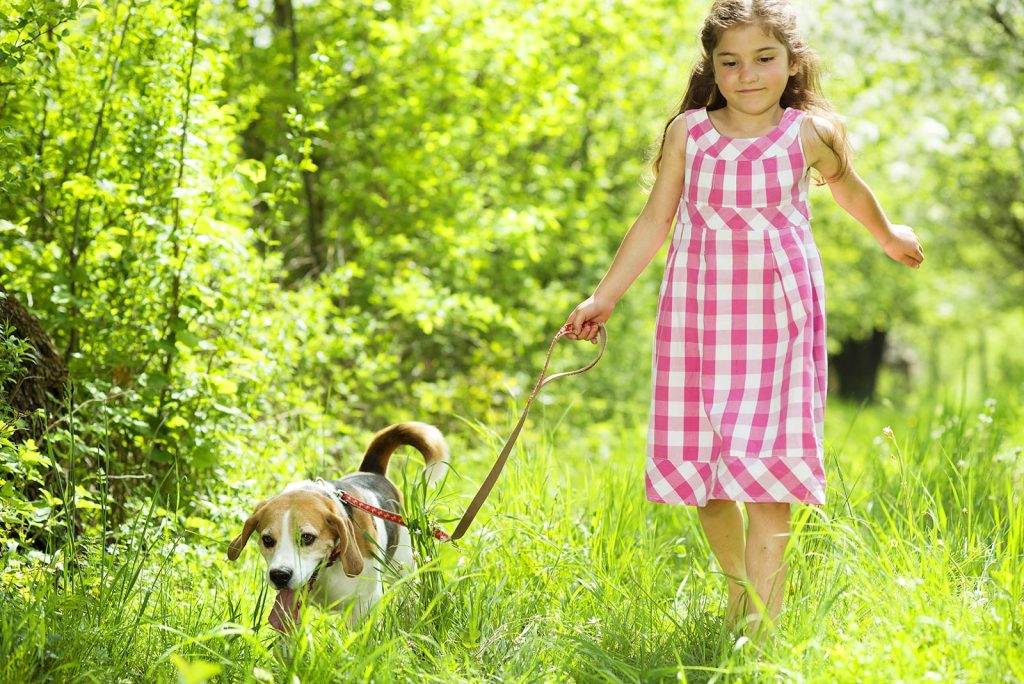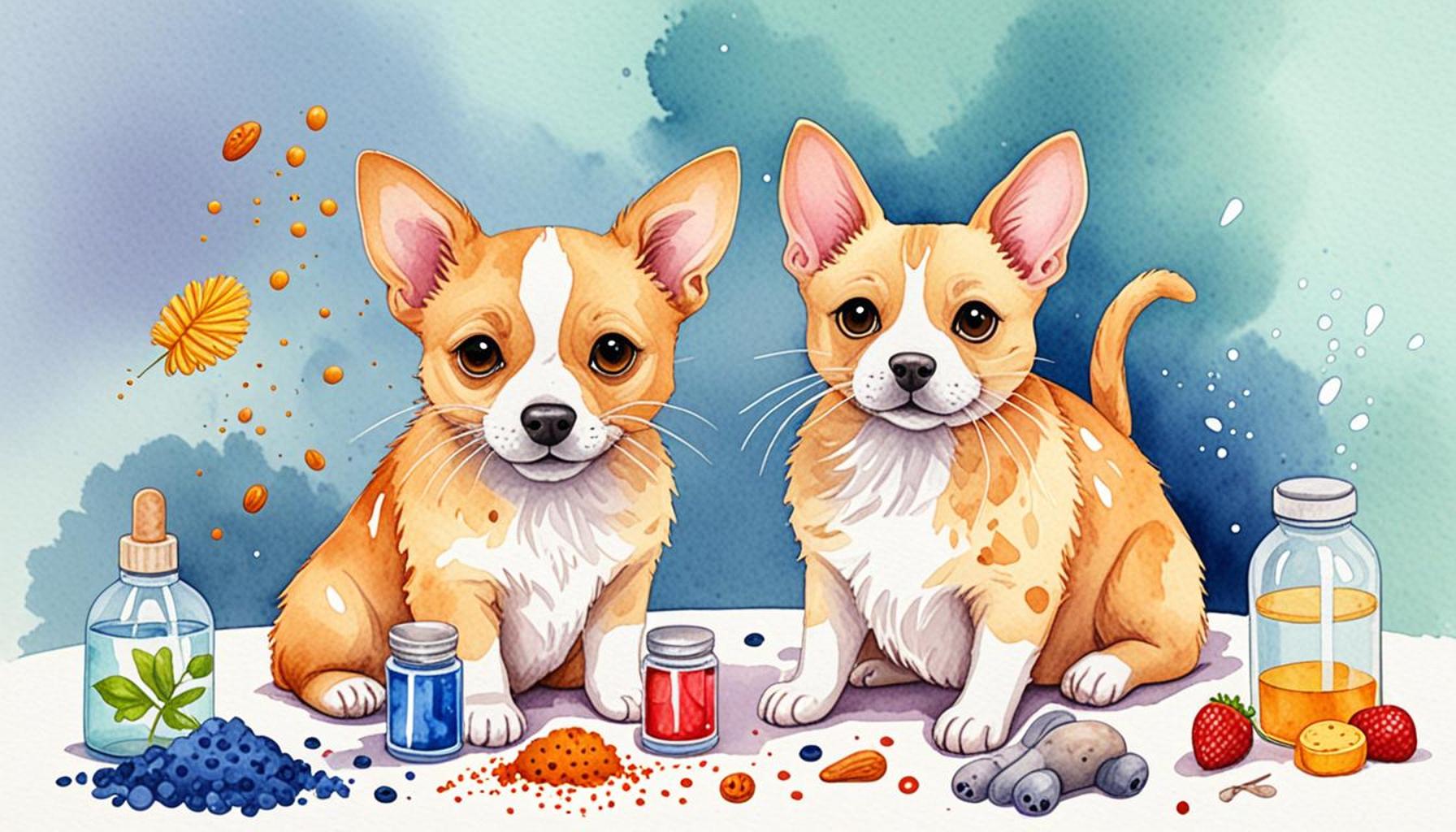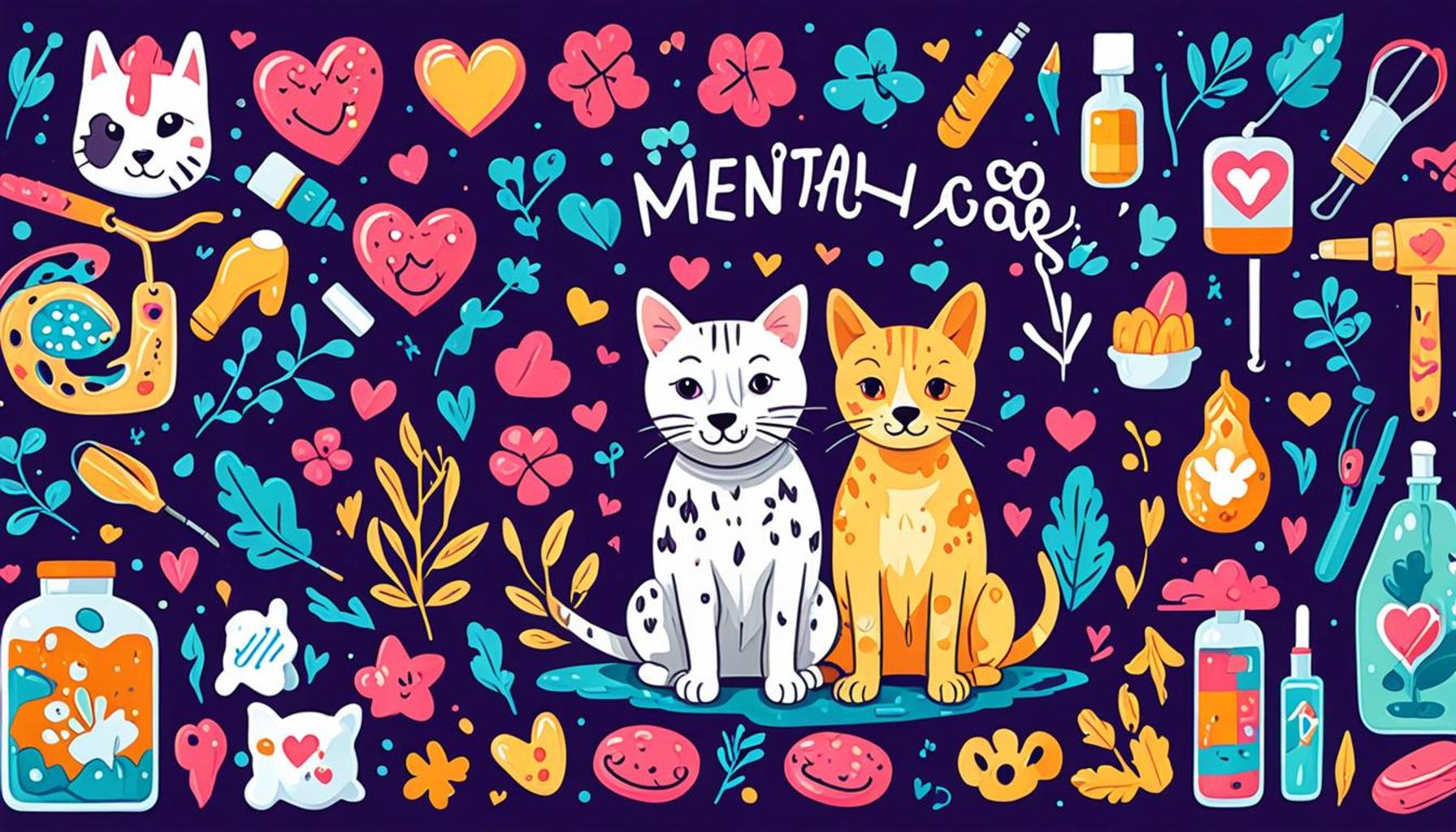How to Prepare Your Pet for the Arrival of a Baby at Home

Welcoming Change in the Family
The arrival of a baby brings joy and excitement, but it can also create anxiety for your furry family members. It’s essential to consider how your pet’s behavior might change with a new baby in the house. Understanding their needs and preparing them well in advance can lead to smoother transitions and a more harmonious home environment.
Understanding Your Pet’s Needs
Before the baby arrives, it’s crucial to assess your pet’s personality and tendencies. This understanding will help in predicting potential behaviors when the baby arrives. Consider the following factors:
- Temperament: Does your pet exhibit a calm demeanor, or are they easily startled? For instance, dogs that are anxious or skittish may react more negatively to the new sounds and smells associated with a baby.
- Socialization: Observe how your pet interacts with new people or situations. A well-socialized pet is often more adaptable to the changes a new baby introduces.
- Training: Assess whether your pet is well-trained in basic obedience commands. Dogs that respond reliably to commands such as “sit” and “stay” can be easier to manage during the chaotic early days of a newborn’s arrival.
Creating a Positive Environment
To help your pet adjust to the new family dynamic, it’s crucial to create a welcoming environment. Implementing a few strategies can work wonders:
- Gradual Introduction: Begin introducing your pet to baby items like toys, strollers, and cribs. Allow them to sniff and explore these items so that these foreign objects become less intimidating. You might even consider playing recordings of baby sounds, which can help to acclimate them to the noises they will soon encounter.
- Routine Changes: Changes in routine can be disorienting for pets. Gradually modify your pet’s daily schedule in the weeks leading up to the baby’s arrival to ease the transition. If your dog is used to daily walks at 8 AM, try adjusting that time gradually, so they aren’t overwhelmed by sudden changes.
- Interaction Time: Make a concerted effort to spend quality time with your pet as the due date approaches. By maintaining their sense of love and attention, you’ll help minimize feelings of jealousy or neglect, which can lead to behavioral issues.
Taking these steps to prepare your pet can significantly alleviate confusion and stress, creating a smoother transition for both your pet and the new baby. Remember, a harmonious environment is beneficial not only for your furry friend but also contributes to a joyful experience for everyone involved. By approaching this change with care and thoughtfulness, you can help all members of the family feel welcomed and secure in their new roles.
DIVE DEEPER: Click here to learn about your pet’s nutrition

Building a Foundation for a Smooth Transition
Preparing your pet for the arrival of a baby goes beyond just introducing them to new objects. It encompasses creating a stable emotional environment that allows for healthy adaptation. Many pet owners overlook how vital it is to address emotional well-being during this period of change; a pet that feels secure is far less likely to display negative behaviors when the baby arrives. Here are several strategies to consider:
Establishing Boundaries
With the changes that a newborn brings, it’s crucial to set and enforce new rules well before the baby’s arrival. Establishing boundaries can prevent confusion and help your pet understand their new role within the family. Consider the following:
- Safe Spaces: Designate specific areas of the home as pet-free zones where the baby will sleep or play. Using baby gates can create physical barriers that make it clear to your pet where they can and cannot go.
- Command Reinforcement: Reinforce commands that will be particularly important as the baby arrives, such as “leave it” or “go to your spot.” Practicing these commands consistently can help manage your pet’s behavior around the new addition.
- Resource Management: Ensure that your pet’s toys, food, and bed are readily available and that they have their own space to retreat to when they feel overwhelmed. A familiar area will provide comfort as they adjust to the new dynamics.
Implementing Positive Reinforcement
Utilizing positive reinforcement can be particularly effective during this transitional phase. Rewarding your pet for good behavior can help establish a positive association with the new family dynamics. Engage in activities like:
- Reward-Based Training: Use treats or affection to reward your pet for calmly exploring the baby’s items or adjusting to changes in their routine. Positive reinforcement encourages behaviors you want to see, making your pet more adaptable.
- Interactive Play: Spend time engaging your pet in play, which can alleviate anxiety. Games that stimulate your pet both mentally and physically can reduce stress levels, making them less reactive to changes at home.
- Gradual Introductions: Start introducing your pet to baby scents through items like baby lotions or clothes. Allow them to sniff these objects so that they begin associating the baby’s presence with something positive.
These strategies highlight the importance of establishing a secure and nurturing environment for your pet. Being proactive in integrating these practices can significantly ease the transition for both your pet and your newborn. It’s essential to remember that each pet is unique, and understanding their individual personality is key to determining which approaches will be the most effective. By fostering a sense of stability, you can ensure that your household welcomes the new addition to the family with open arms—both human and furry alike.
| Category | Description |
|---|---|
| Familiarization | Introduce your pet to baby sounds and smells before the arrival to ease their adjustment. |
| Behavioral Training | Reinforce positive behaviors, such as calmness around babies and accepting new routines, using rewards. |
| Safe Spaces | Create designated areas for your pet to retreat to when the baby is overly noisy or energetic. |
| Gradual Introduction | On the day of arrival, allow your pet to sniff the baby’s blanket first before a face-to-face meeting. |
Preparing your pet for a new baby is an essential process that greatly enhances the experiences for both the baby and your furry friend. Awareness of your pet’s needs is paramount, as is a thoughtful approach to these transitions. Embracing techniques such as familiarization with baby sounds introduces your pet to the upcoming changes, reducing anxiety. Furthermore, behavioral training facilitates the development of a positive association with new circumstances, helping pets embrace their roles in your growing family. Providing your pet with accessible safe spaces allows them to have a retreat during times of adjustment, ensuring their comfort. Finally, implementing a gradual introduction strategy equips pets with the necessary patience and curiosity for their new sibling, fostering a bond that can flourish as they grow up together. By understanding these dynamics, you can set the stage for a harmonious household.
DISCOVER MORE: Click here to learn about the vital role of balanced nutrition in pet health
Creating a Welcoming Environment for Your Pet
As you prepare for the joyous arrival of your baby, it’s equally important to think about how to make the transition smoother for your pet. By creating a nurturing space for your furry family member, you promote a peaceful coexistence that will benefit everyone. Here are some methods to help integrate your pet into the new family dynamics:
Familiarization with Baby Sounds
Newborns bring with them an entirely new set of sounds, from coos to cries. Animals can be sensitive to changes in their environment, making exposure to these noises essential. Consider the following approaches:
- Sound Exposure: Use recordings of babies crying or making soothing noises and play them at a low volume around your pet. Gradually increase the volume over time to help them acclimatize to the sounds they will soon encounter daily.
- Babysitting Sessions: If you have friends or family with babies, arrange for visits where your pet can observe the infant. This will allow your furry friend to see how these little humans behave, mitigating any surprise they might experience when your own baby arrives.
Incorporating Baby Gear
New baby equipment can feel foreign to pets. Getting them used to items such as strollers, cribs, and playpens before the baby’s arrival can discourage anxiety. Here are a few ways to ease the introduction:
- Trial Run with Baby Items: Set up the baby’s nursery and allow your pet to explore baby gear while supervised. Engaging your pet during this exploration can positively reinforce their curiosity. Treats can help them associate positive feelings with these new objects.
- Wash Baby Items Ahead of Time: If you have new items for the baby, wash them to remove any strong factory smells. Familiar scents can ease your pet’s concerns and prevent them from viewing these items as foreign objects.
Scheduling Quality Time
Amidst the whirlwind of taking care of a newborn, pet owners often find it challenging to give their pets the attention they need. Prioritizing quality time with your pet before the baby arrives is essential for several reasons:
- Routine Maintenance: Maintaining your pet’s daily routine, including exercise and play, will help them feel secure and balanced. Keeping their schedule consistent can ease their stress and prevent behavioral issues as changes unfold.
- Bonding Sessions: Establish special bonding sessions with your pet, incorporating both affection and training. This will strengthen your relationship, reassuring your pet that while a new family member is joining, they still hold an essential place in your life.
Incorporating these techniques can create a seamless transition not only for your pet but for the entire family. By thoughtfully preparing them for the changes to come, you create a harmonious living environment that paves the way for a loving bond to form between your pet and your newborn. The journey of welcoming a baby can be a delightful adventure when everyone’s needs are considered, creating joyous memories for years to come.
DON’T MISS: Click here to learn more about your pet’s health
Conclusion: Embracing Change Together
As you stand on the brink of welcoming a new family member, it’s vital to remember that your furry companions are also part of this transformative journey. Preparing your pet for the arrival of a baby is not merely about achieving harmony in your home; it’s about fostering a loving environment where both your pet and the baby can thrive side by side. By familiarizing your pet with baby sounds, allowing them to explore new baby gear, and ensuring quality time is prioritized, you can alleviate potential anxiety and build a solid foundation for their relationship.
Consider that each pet is unique; their individual personalities and histories will shape how they respond to these changes. Take the time to observe their behavior and adjust your strategies as needed. For instance, some pets may take longer to adapt than others, so patience and gentle reassurances will be critical as they navigate this new chapter in your lives. Beyond the practical steps, creating a sense of stability and love will undoubtedly help your pet see that their place in the family is just as valuable as it ever was.
Ultimately, this process goes beyond mere preparation; it is about building connections that will enrich your entire family. With thoughtful planning and compassionate interactions, you can pave the way for a nurturing atmosphere that welcomes both your baby and your pet with open arms, fostering cherished memories for many years to come. Embrace the journey ahead, knowing that the bond between your baby and your pet can contribute to a lifelong friendship filled with joy and love.


